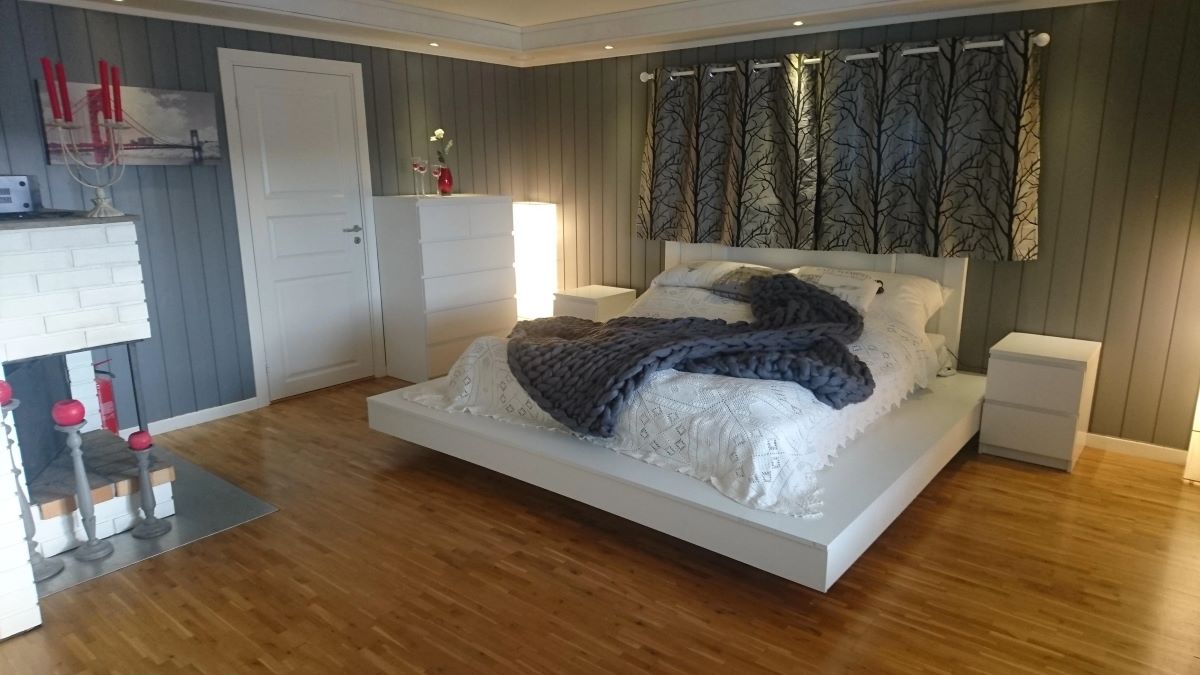

Articles
How To Turn Dining Room Into Bedroom
Modified: January 23, 2024
Learn how to transform your dining room into a cozy and functional bedroom with these helpful articles.
(Many of the links in this article redirect to a specific reviewed product. Your purchase of these products through affiliate links helps to generate commission for Storables.com, at no extra cost. Learn more)
Introduction
Converting a dining room into a bedroom might seem like an unconventional idea, but it can be a practical and cost-effective solution for maximizing space in your home. Whether you have a small apartment or an extra dining area that rarely gets used, repurposing the space into a bedroom can provide a much-needed guest room or even a cozy retreat for yourself.
In this article, we will explore the steps involved in transforming a dining room into a functional and inviting bedroom. From clearing the space and choosing furniture to creating privacy and adding storage solutions, we will guide you through each stage of the process. So, let’s dive in and discover how to turn your dining room into a bedroom that meets both style and functionality.
Key Takeaways:
- Transforming a dining room into a bedroom involves clearing the space, choosing suitable furniture, creating privacy, and adding storage solutions. Enhance lighting and ambiance, and personalize the space for a comfortable and inviting bedroom.
- Converting a dining room into a bedroom allows for maximizing space and creating a personalized retreat. By following the steps and adding personal touches, you can create a versatile and functional bedroom that reflects your style and promotes relaxation.
Read more: How To Turn A Dining Room Into An Office
Steps to Turn a Dining Room Into a Bedroom
Converting a dining room into a bedroom requires careful planning and attention to detail. Here are the key steps you need to follow:
- Clearing the Space: The first step is to declutter and clear out the dining room. Remove any unnecessary furniture, decorations, and items that don’t belong in a bedroom. This will help create a blank canvas to work with.
- Choosing Furniture and Decor: Select furniture pieces that are suitable for a bedroom. A comfortable bed with a quality mattress should be the focal point. Consider the size of the room and choose furniture that fits well, such as a bedside table, dresser, and wardrobe. Additionally, choose decor items that create a relaxing and cozy atmosphere, such as curtains, rugs, and wall art.
- Creating Privacy: Depending on the layout of your home, you may need to find ways to create privacy in the converted bedroom. This can be achieved by hanging curtains or installing room dividers to separate the sleeping area from the rest of the space. Alternatively, you can use bookshelves or folding screens to create a visual barrier while maintaining an open feel.
- Setting up a Sleeping Area: Arrange the furniture in a way that optimizes the sleeping area. Place the bed in a position where it provides privacy and easy access. Consider the placement of windows and natural light, ensuring that the bed is not directly in front of a window. Additionally, choose comfortable bedding and pillows to create a restful sleeping environment.
- Adding Storage Solutions: As bedrooms require storage for clothing and personal belongings, incorporate storage solutions into the room. Utilize the available space wisely by adding a closet organizer, under-bed storage containers, or wall-mounted shelves. This will help keep the room organized and clutter-free.
- Enhancing Lighting and Ambiance: Lighting plays a crucial role in creating a cozy and inviting bedroom. Install a combination of ambient, task, and accent lighting to provide the right ambiance. Consider using dimmer switches to adjust the lighting according to your mood and needs. Additionally, incorporate soft lighting elements, such as bedside lamps or string lights, to create a warm and relaxing atmosphere.
- Final Touches and Personalization: Add the finishing touches to make the converted dining room feel like a welcoming bedroom. Personalize the space with decorative items, such as artwork, photographs, or plants. Choose a color scheme that reflects your taste and promotes relaxation. Don’t forget to add curtains or blinds for privacy and to control the natural light.
By following these steps, you can successfully transform your dining room into a functional and comfortable bedroom. It’s a creative solution that allows you to maximize the use of space in your home and provide an inviting guest room or a serene oasis for yourself.
Step 1: Clearing the Space
The first step in converting a dining room into a bedroom is to clear the space. This process involves decluttering and removing any furniture, decorations, or items that do not belong in a bedroom setting.
Start by emptying the dining room completely. Remove the dining table, chairs, and any other furniture that is specific to a dining area. Next, take a good look at the room and identify any unnecessary items that can be removed or relocated. This might include storage cabinets, shelves, or decorative pieces that do not serve a purpose in the new bedroom setup.
Once the room is cleared, carefully consider how you want to repurpose the space. Think about the layout and functionality that you envision for the bedroom. This will help you determine what other steps you need to take to transform the dining room effectively.
As you clear the space, take the opportunity to clean and freshen up the room. Dust surfaces, vacuum or sweep the floor, and wipe down any windows or mirrors. This will help create a blank canvas for the next steps in the conversion process.
If there are any items that you want to keep but don’t have a place for in the new bedroom setup, consider finding alternate storage solutions. This could include using a storage unit, reorganizing other areas of your home, or selling/donating the items that are no longer needed.
By clearing the space and removing any unnecessary items, you are creating a clean slate to work with. This will make it easier to design and furnish the new bedroom, allowing you to customize the space to your specific needs and preferences.
Step 2: Choosing Furniture and Decor
Once you have cleared the space in your dining room, the next step in transforming it into a bedroom is to choose suitable furniture and decor that will create a cozy and comfortable environment.
Start by assessing the size and layout of the room. Take careful measurements to ensure that the furniture you choose will fit properly and allow for easy movement within the space. Consider the functional aspects of the furniture, such as the bed size and storage options.
For the primary furniture piece, focus on selecting a high-quality bed that suits your needs and preferences. Consider the dimensions of the room and choose a bed size that fits comfortably. Upholstered beds or those with built-in storage can be great options to maximize both comfort and functionality.
In addition to the bed, consider other essential bedroom furniture such as bedside tables, dressers, and wardrobes. Choose pieces that match the overall style and size of the room. If space is limited, consider incorporating dual-purpose furniture, such as a nightstand that also functions as a small desk.
When it comes to decor, aim for a calming and serene atmosphere. Choose colors that promote relaxation, such as soft neutrals or pastel shades. Opt for bedding that is comfortable and fits the style of the room, whether it’s crisp and modern or cozy and rustic.
Consider the lighting in the room and select appropriate fixtures that provide both functionality and ambiance. Install bedside lamps or wall-mounted sconces for reading or task lighting. Then, incorporate soft, diffused lighting elements like ceiling lights or floor lamps to create a warm and inviting atmosphere.
Don’t forget about window treatments for privacy and light control. Choose curtains or blinds that match the overall aesthetic of the room while offering the functionality you desire. Consider blackout curtains if you want to block out light for better sleep.
Lastly, add personal touches and decorative elements to make the space your own. Hang artwork on the walls, display meaningful photographs, or incorporate plants and greenery for a touch of nature. These personal touches will add warmth and personality to the space, making it feel like a true bedroom retreat.
By carefully selecting furniture and decor that complement the style and size of the room, you can transform your dining room into a comfortable and inviting bedroom.
Step 3: Creating Privacy
When converting a dining room into a bedroom, it is essential to create privacy within the space. This step involves finding ways to separate the sleeping area from the rest of the room and ensuring that you feel comfortable and secluded.
One of the simplest ways to create privacy is by using curtains or blinds. Install curtains or blinds on any windows in the room to control the amount of natural light coming in and to provide privacy when needed. Choose fabrics and colors that match the overall aesthetic of the room while offering the level of privacy you desire.
If you have an open floor plan or want to visually separate the bedroom area from the rest of the space, consider using room dividers. Room dividers come in various styles and materials, from folding screens to bookshelves. They can be an excellent solution for adding a visual barrier while maintaining an open feel to the room.
An alternative option for creating privacy is to use furniture placement strategically. Positioning the bed against a wall or in a corner of the room can create a sense of enclosure. By placing other furniture items or shelving units strategically around the bed, you can further enhance the feeling of privacy.
Another consideration for privacy is soundproofing the room. Depending on the materials and layout of your home, you may need to take steps to reduce noise intrusion. Adding insulation to the walls or investing in sound-absorbing curtains or rugs can help create a quieter and more private sleeping environment.
Additionally, if the dining room has a door that leads to a common area or hallway, you can consider adding a lock or latch to ensure privacy and security. This will give you control over who can access the bedroom and provide peace of mind while you sleep.
Overall, creating privacy in your converted dining room bedroom is crucial to make it feel like a private, secluded space. By implementing curtains or blinds, using room dividers, strategically placing furniture, soundproofing the room, and adding locks to doors if necessary, you can create a personal retreat that meets your privacy needs.
Consider using a daybed or a sleeper sofa to maximize space in a dining room turned bedroom. These multi-functional pieces can serve as seating during the day and a bed at night.
Read more: How To Turn A Sunroom Into A Bedroom
Step 4: Setting up a Sleeping Area
Creating a comfortable and inviting sleeping area is a key step in converting a dining room into a bedroom. In this step, we will explore how to set up the sleeping area to maximize comfort and relaxation.
Start by positioning the bed in a location that provides optimal comfort and accessibility. Consider the placement of windows, doors, and outlets when deciding where to place the bed. Make sure there is enough space around the bed for easy movement and access to bedside tables, lamps, and other essentials.
Next, choose a high-quality mattress that suits your comfort preferences. The right mattress can greatly impact the quality of your sleep. Consider factors such as firmness, support, and materials when making your selection. It is also important to choose a mattress size that fits well in the available space.
Once you have chosen the mattress, focus on selecting appropriate bedding. Opt for soft, breathable sheets and comfortable pillows that promote restful sleep. Depending on your preferences and climate, choose a duvet or comforter that provides the right level of warmth. Add decorative pillows and throws to enhance the aesthetic appeal of the sleeping area.
Lighting is essential in the sleeping area. Install bedside lamps or wall-mounted sconces for reading or task lighting. Consider using adjustable lights that can be dimmed to create a relaxing ambiance. Avoid positioning the bed directly in front of a window, as this can interfere with sleep quality due to excessive light or temperature fluctuations.
Create a bedside table or shelf where you can keep essential items such as books, a glass of water, a reading lamp, or a charging station for electronic devices. This will help create a functional and convenient space within reach of the bed.
To enhance the comfort and coziness of the sleeping area, incorporate soft flooring options such as rugs or carpeting. This can add warmth to the space and provide a comfortable surface for your feet when you get out of bed.
Lastly, consider incorporating elements that promote relaxation and a sense of calm. This can include adding a small seating area with a comfortable chair or creating a cozy reading nook with a bookshelf and a comfortable reading chair. These additions can enhance the overall functionality of the sleeping area.
By focusing on setting up a comfortable and inviting sleeping area, you can create a dedicated space for rest and relaxation within your converted dining room bedroom.
Step 5: Adding Storage Solutions
Adding proper storage solutions is crucial when converting a dining room into a bedroom to ensure functionality and organization. In this step, we will explore how to incorporate storage options effectively into the space.
Begin by assessing the storage needs for your new bedroom. Consider the amount of clothing, accessories, and personal belongings you will need to store. This will help you determine the type and amount of storage furniture you require.
If space permits, consider incorporating a wardrobe or an armoire into the room. These pieces of furniture offer ample space for hanging clothes, as well as shelves and drawers for folded items. Choose a style that matches the overall aesthetic of the room and provides enough storage capacity for your needs.
In addition to a wardrobe, utilize the available vertical space by installing wall-mounted shelves or shelving units. These can be used to store folded clothing items, shoes, accessories, and decorative items. Optimize the space by using storage bins or baskets in the shelves to keep things organized and easily accessible.
Under-bed storage can be another valuable solution in a converted bedroom. Use storage containers or drawers that can slide under the bed to store items such as extra linens, blankets, or out-of-season clothing. This allows you to utilize valuable space that would otherwise go unused.
If you have a small dining room, maximize the use of wall space by installing hooks or hangers. These can be used to hang coats, bags, or even jewelry. Mount a small shelf or organizer near the entrance of the room to keep everyday essentials easily accessible.
Consider incorporating multi-functional furniture pieces that offer hidden storage compartments. Bed frames with built-in drawers or ottomans with storage space inside are excellent options to save space while providing additional storage solutions.
Lastly, as you add storage solutions, ensure that the overall design of the room remains cohesive. Coordinate the styles, colors, and materials of the storage furniture with the rest of the bedroom”s decor.
By adding storage solutions that fit the space and meet your needs, you can keep your converted dining room bedroom organized and clutter-free, optimizing the functionality of the room.
Step 6: Enhancing Lighting and Ambiance
Proper lighting and ambiance play a crucial role in creating a cozy and inviting atmosphere in your converted dining room bedroom. In this step, we will explore how to enhance the lighting and ambiance effectively.
Begin by assessing the existing lighting in the room. Dining rooms often have bright, overhead lighting fixtures that may not be suitable for a bedroom. Consider replacing or adjusting the lighting to create a more subdued and relaxing atmosphere.
Install dimmer switches for the main overhead lighting fixtures if possible. This will allow you to adjust the brightness levels according to your needs and desired ambiance. Dimming the lights in the evening can help promote relaxation and prepare your body for sleep.
Incorporate a variety of lighting sources to create layers of light in the room. This can include bedside lamps, wall sconces, floor lamps, and even string lights. Consider the different purposes of each lighting source, such as task lighting for reading or soft ambient lighting for a soothing ambiance.
Utilize warm white or soft yellow bulbs instead of cool white bulbs, as they create a more cozy and inviting feel in the room. Experiment with different lighting arrangements and wattages to find the perfect balance between functionality and ambiance.
In addition to artificial lighting, make the most of natural light. If the dining room has windows, consider using sheer or light-filtering curtains to allow natural light to fill the space during the day. This can help create a brighter and more refreshing atmosphere.
Consider incorporating reflective surfaces, such as mirrors, to enhance the natural light in the room. Mirrors can also make the space appear larger and more open. Place mirrors strategically on walls or as part of the furniture to reflect light and create a sense of depth.
Enhance the ambiance of the room by incorporating soft textiles and materials. Use plush rugs, cozy blankets, and decorative pillows to create a warm and inviting atmosphere. These soft elements can add a layer of comfort and coziness to the space.
Consider adding soothing and calming elements, such as essential oil diffusers or scented candles, to create an atmosphere of relaxation. Choose scents that promote tranquility, such as lavender or chamomile, to help you unwind and prepare for a good night’s sleep.
Finally, experiment with different lighting arrangements and combinations to find the perfect ambiance that suits your preferences and creates a tranquil bedroom environment.
By enhancing the lighting and ambiance in your converted dining room bedroom, you can create a serene and inviting space for rest and relaxation.
Step 7: Final Touches and Personalization
As you near the completion of converting your dining room into a bedroom, it’s time to add the final touches and personalize the space to make it feel like your own. This step allows you to infuse your personality and style into the room, making it a true reflection of your taste.
Start by adding decorative elements that resonate with you. Hang artwork on the walls that speaks to your aesthetic preferences or showcases your favorite artists. Consider displaying photographs of loved ones or cherished memories to add a personal touch.
Bring a touch of nature into the room by incorporating indoor plants or fresh flowers. Besides adding beauty and freshness to the space, plants can also improve air quality and create a calming environment.
Select a color scheme that aligns with your preferences and promotes relaxation. Consider using calming neutrals, soft pastels, or warm earth tones to create a soothing and serene atmosphere. Coordinating colors through bedding, curtains, and accessories can tie the room together and create a cohesive look.
Accessorize with decorative pillows, throw blankets, and rugs that complement the overall style of the room. These elements not only add visual interest but also enhance comfort and coziness.
Add a personal touch to the room by incorporating items that hold sentimental value or evoke fond memories. This could include family heirlooms, travel souvenirs, or collectibles that hold special meaning to you.
Consider the functionality and convenience of the space by organizing and arranging items in a way that suits your lifestyle. Keep essentials within reach, such as books, a reading lamp, or a bedside organizer for your phone or tablet.
Lastly, ensure that the room reflects your personality and style by paying attention to the details. Take the time to arrange and style shelves, arrange books, or display cherished possessions in a way that brings you joy.
Don’t be afraid to experiment and have fun with the final touches. Your bedroom should be a space that reflects your individuality and brings you comfort and joy.
By adding the final touches and personalizing your converted dining room bedroom, you create a space that is uniquely yours and brings a sense of joy and tranquility.
Read more: How To Turn Bedroom Into Closet
Conclusion
Converting a dining room into a bedroom is a creative and practical solution for maximizing space in your home. By following the steps outlined in this article, you can successfully transform your dining room into a functional and inviting bedroom.
From clearing the space and choosing furniture to creating privacy, adding storage solutions, and enhancing lighting and ambiance, each step plays a crucial role in creating a comfortable and personalized bedroom.
Remember to consider the size and layout of the room when selecting furniture and decor. Optimize the use of storage solutions to keep the space organized and clutter-free. Pay attention to lighting and ambiance to create a serene and inviting atmosphere that promotes rest and relaxation.
Don’t forget to add your personal touch and style to the room through decorative elements, sentimental items, and personal touches. Your converted dining room bedroom should be a reflection of your personality and taste, serving as a sanctuary where you can truly unwind and recharge.
By repurposing your dining room into a bedroom, you not only maximize the functionality and space in your home, but also create a versatile area that can be used as a guest room, a retreat for yourself, or even a multi-purpose room. With careful planning, creativity, and attention to detail, you can transform your dining room into a comfortable and inviting bedroom that meets both style and functionality.
So, whether you have limited space or simply want to make the most of your unused dining area, embrace the opportunity to convert it into a bedroom and enjoy the benefits of a well-designed and personalized space.
Frequently Asked Questions about How To Turn Dining Room Into Bedroom
Was this page helpful?
At Storables.com, we guarantee accurate and reliable information. Our content, validated by Expert Board Contributors, is crafted following stringent Editorial Policies. We're committed to providing you with well-researched, expert-backed insights for all your informational needs.
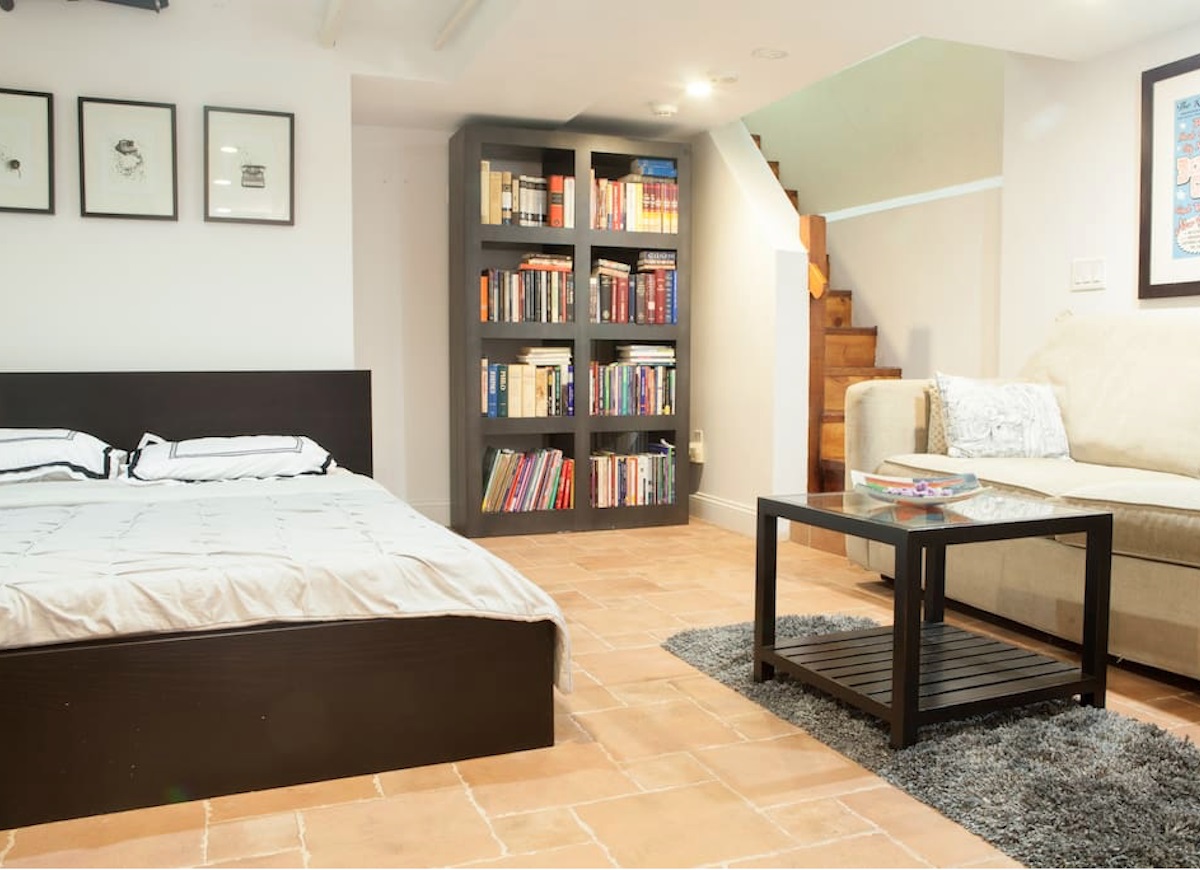
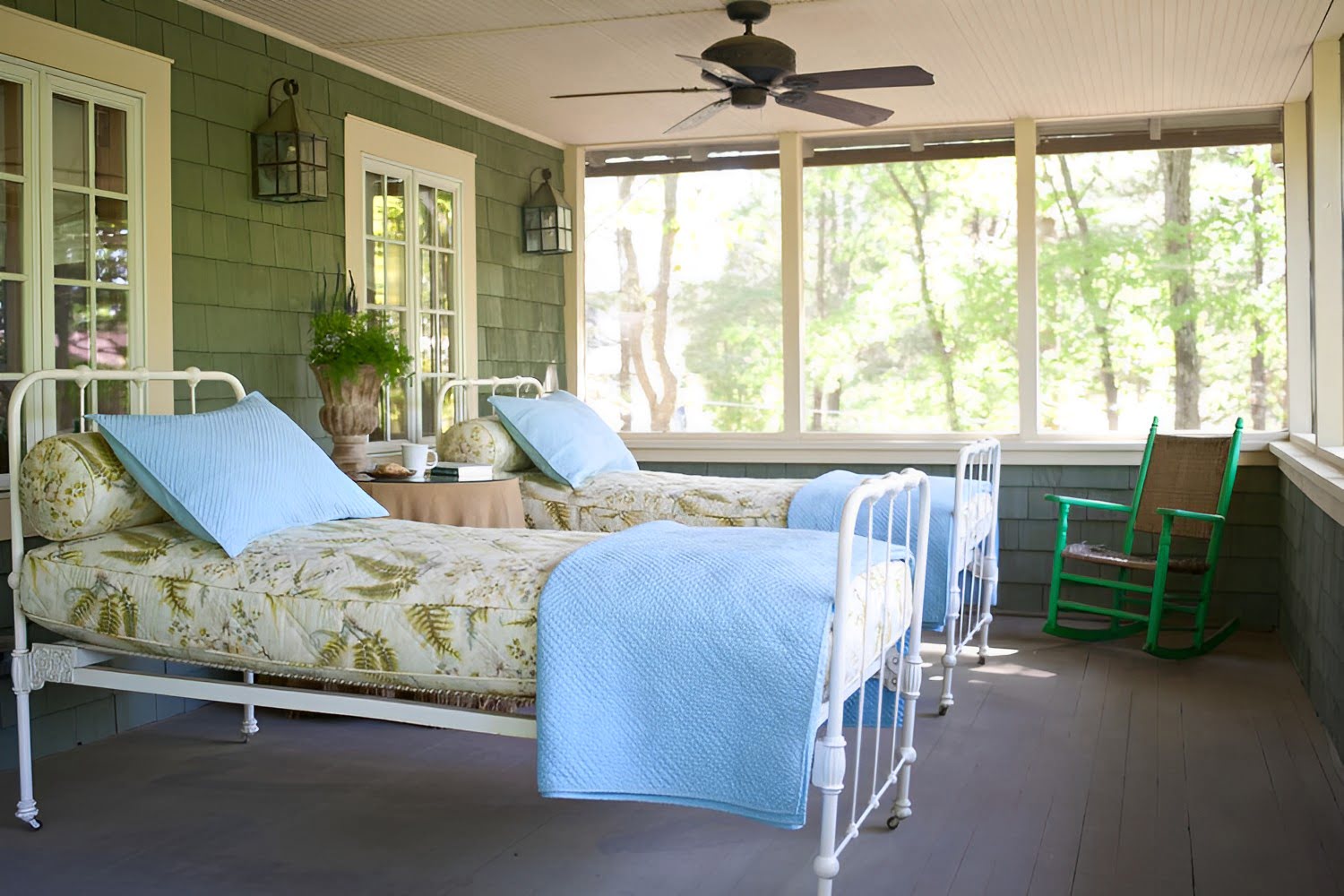

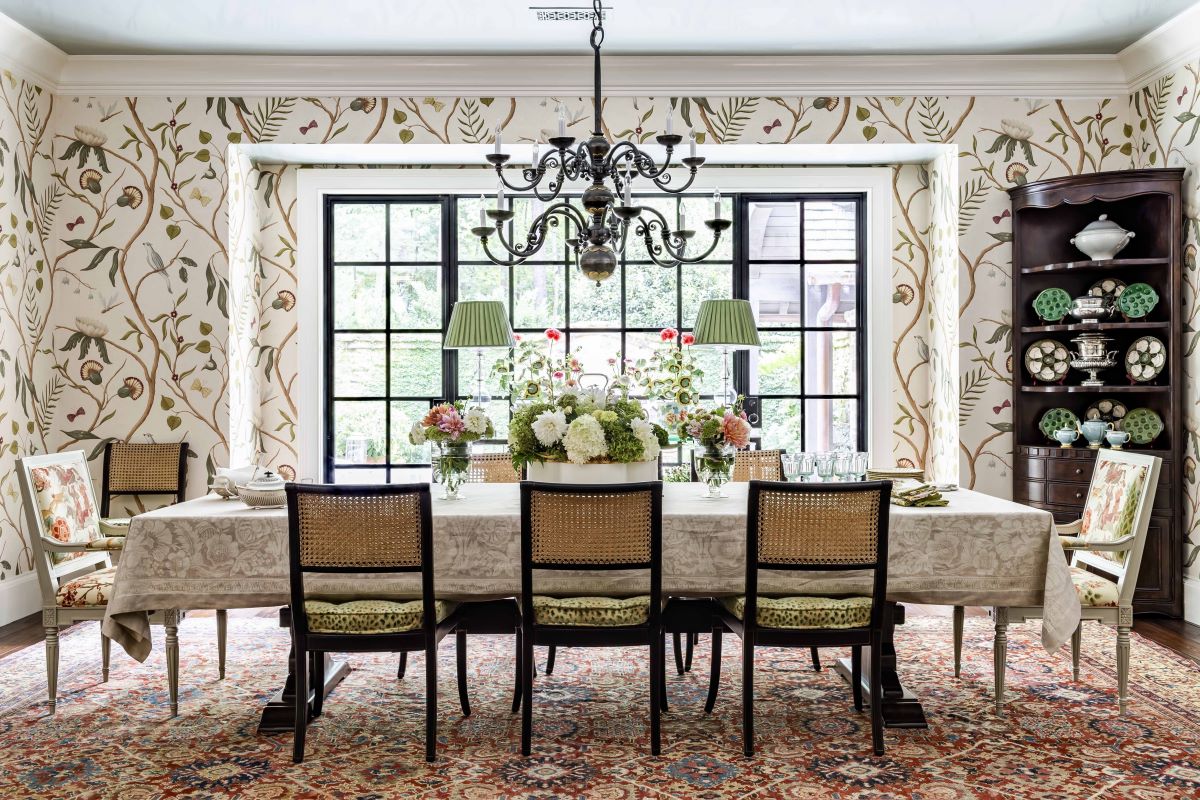
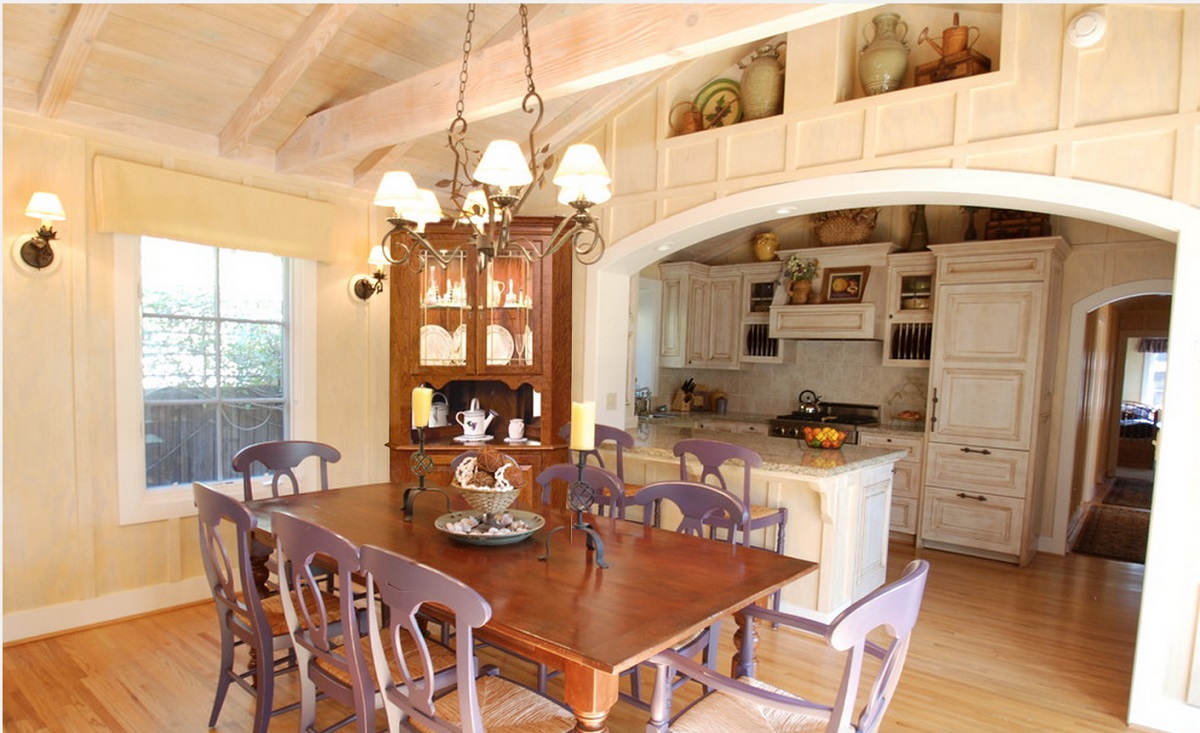
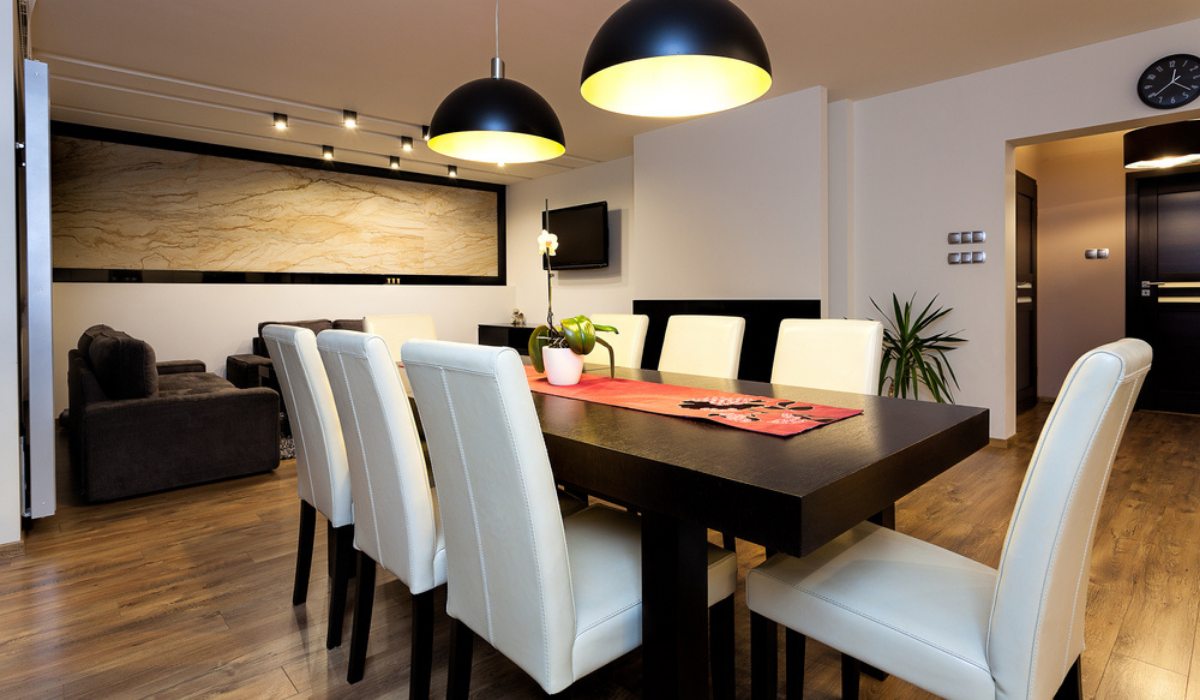

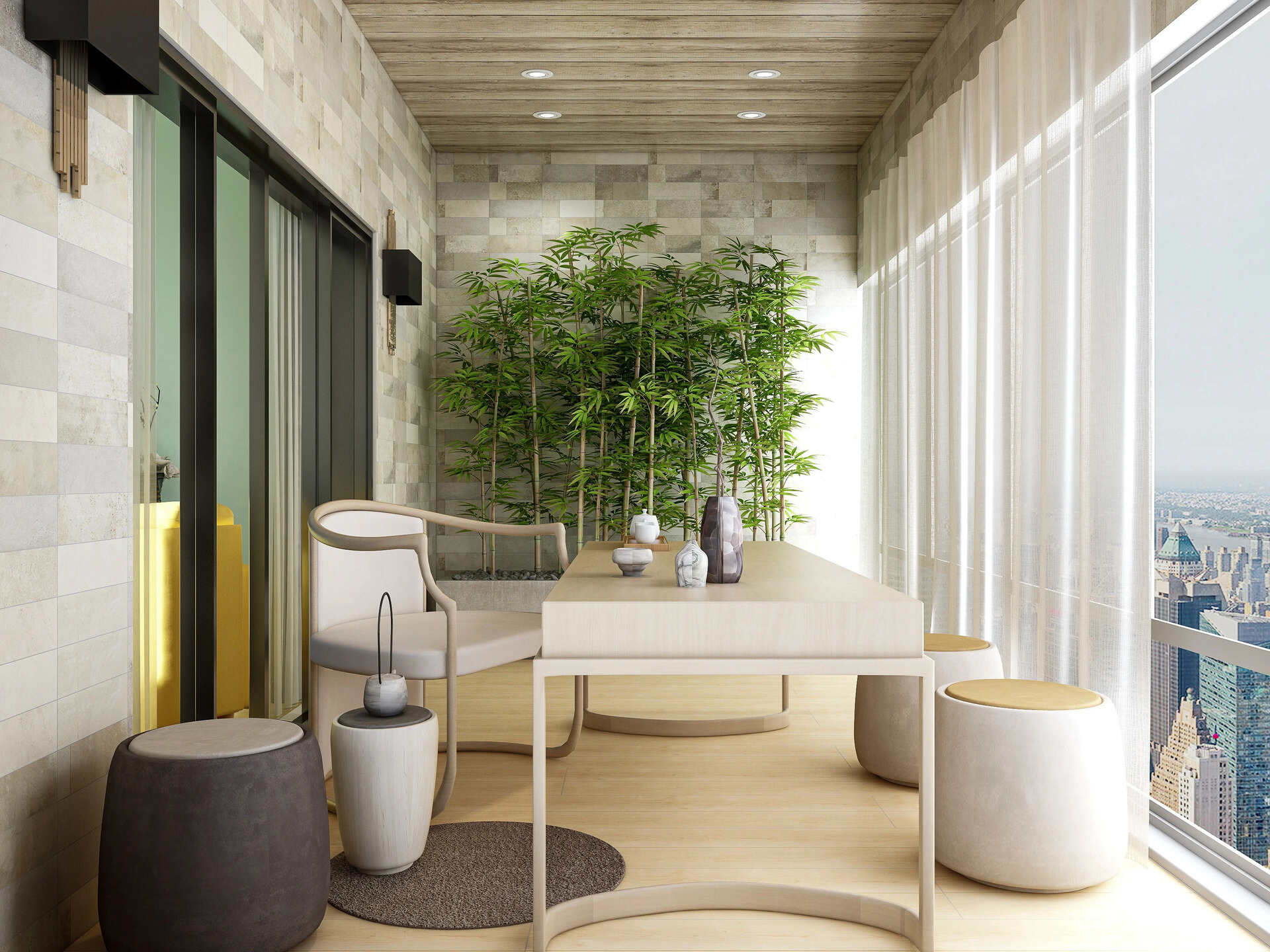
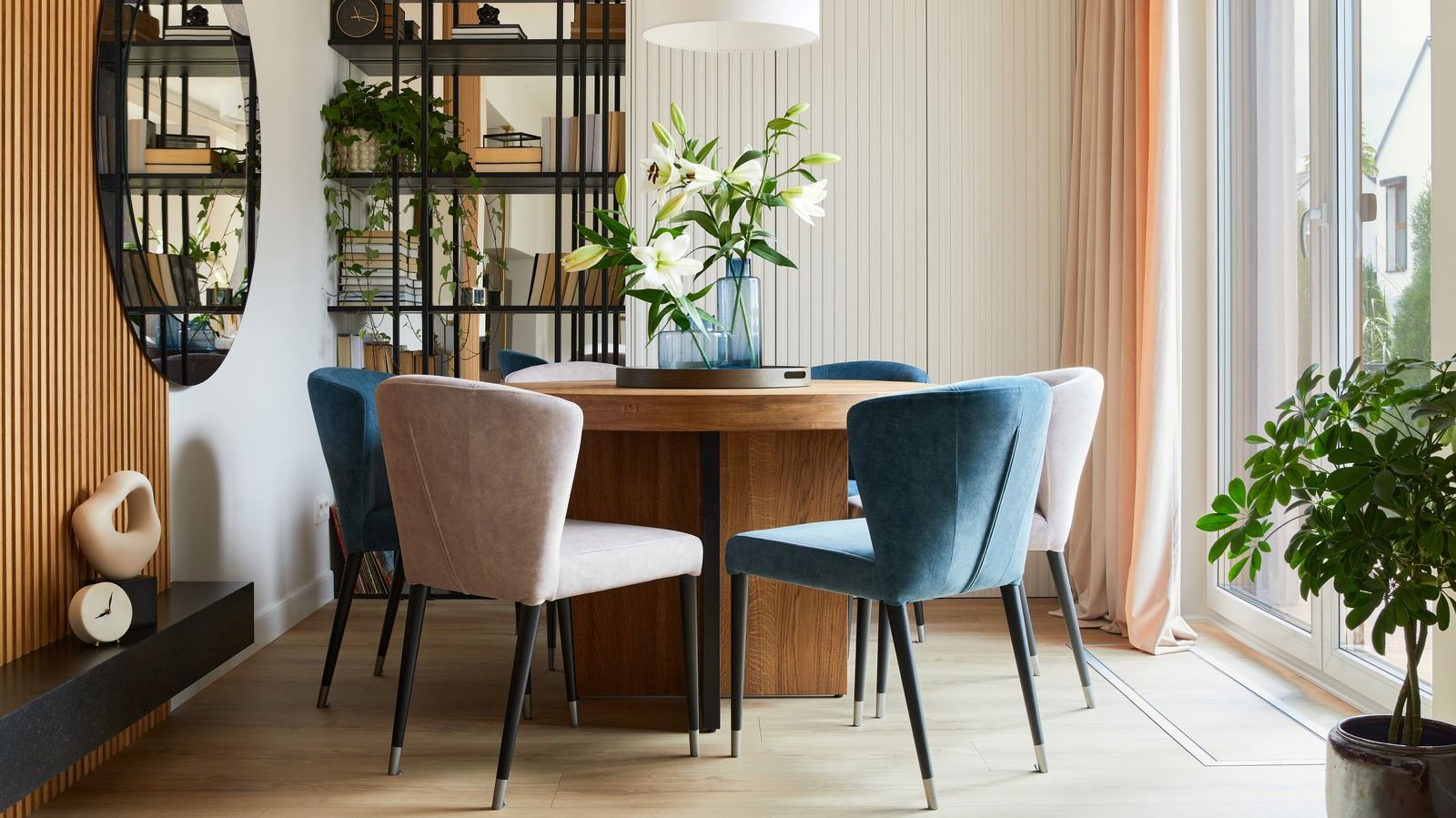
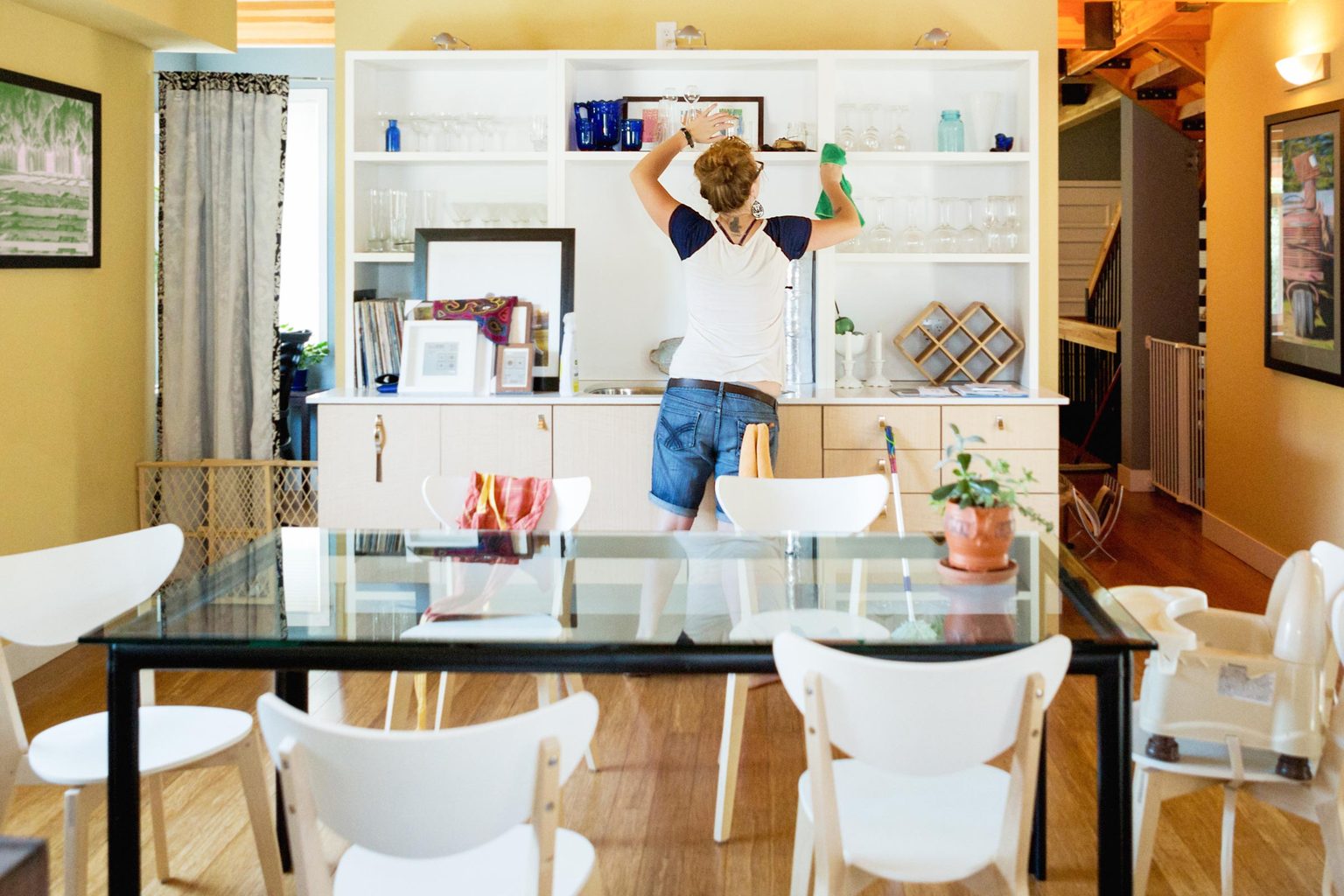
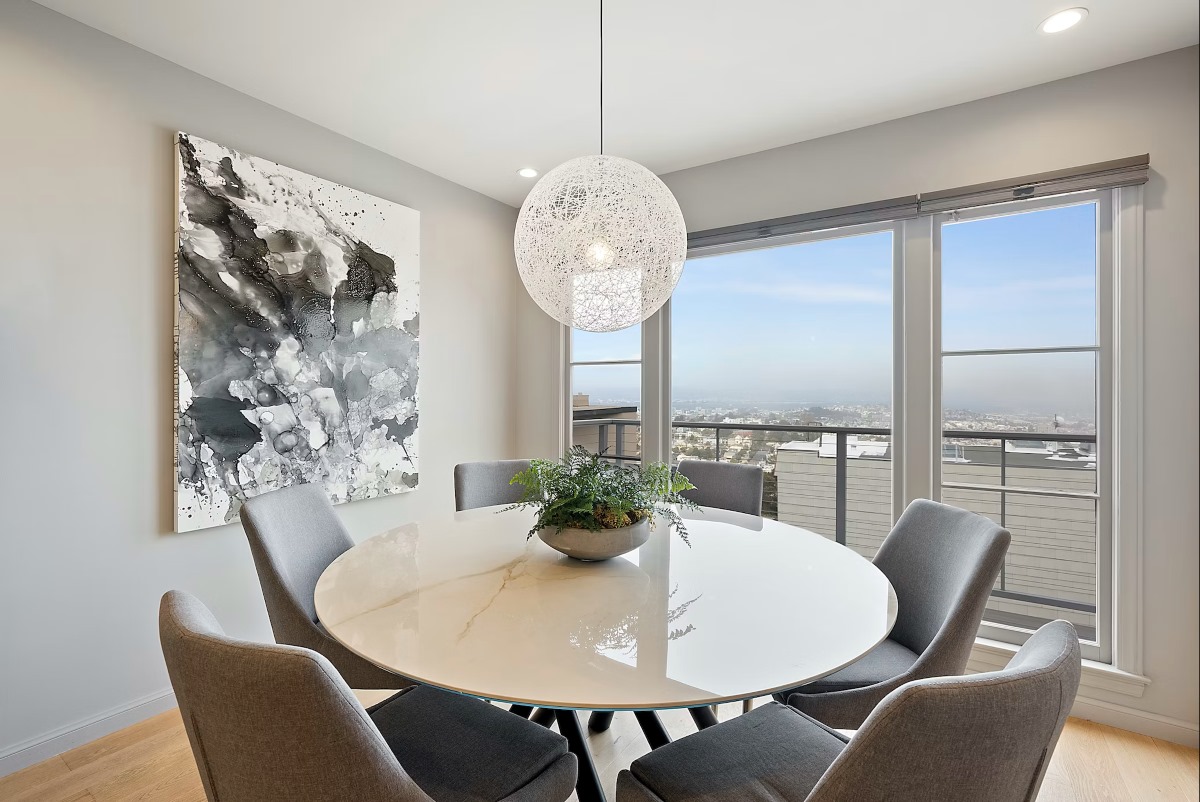
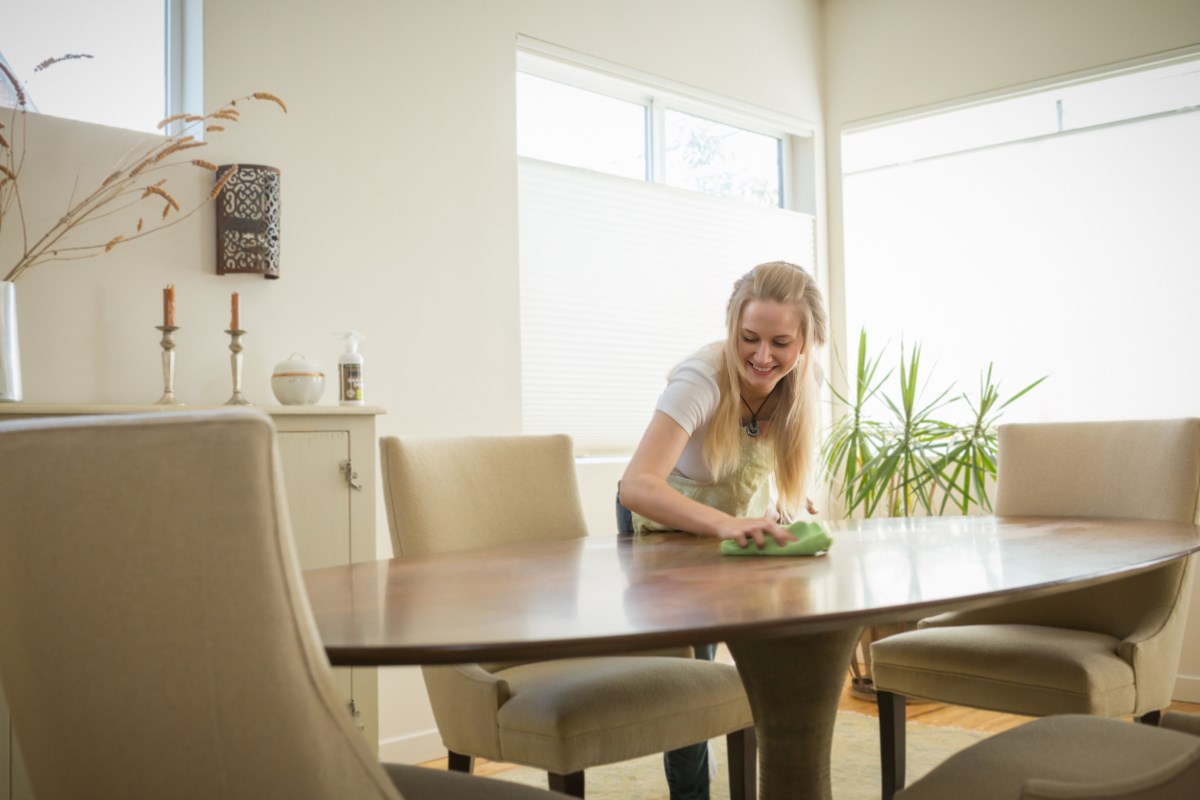
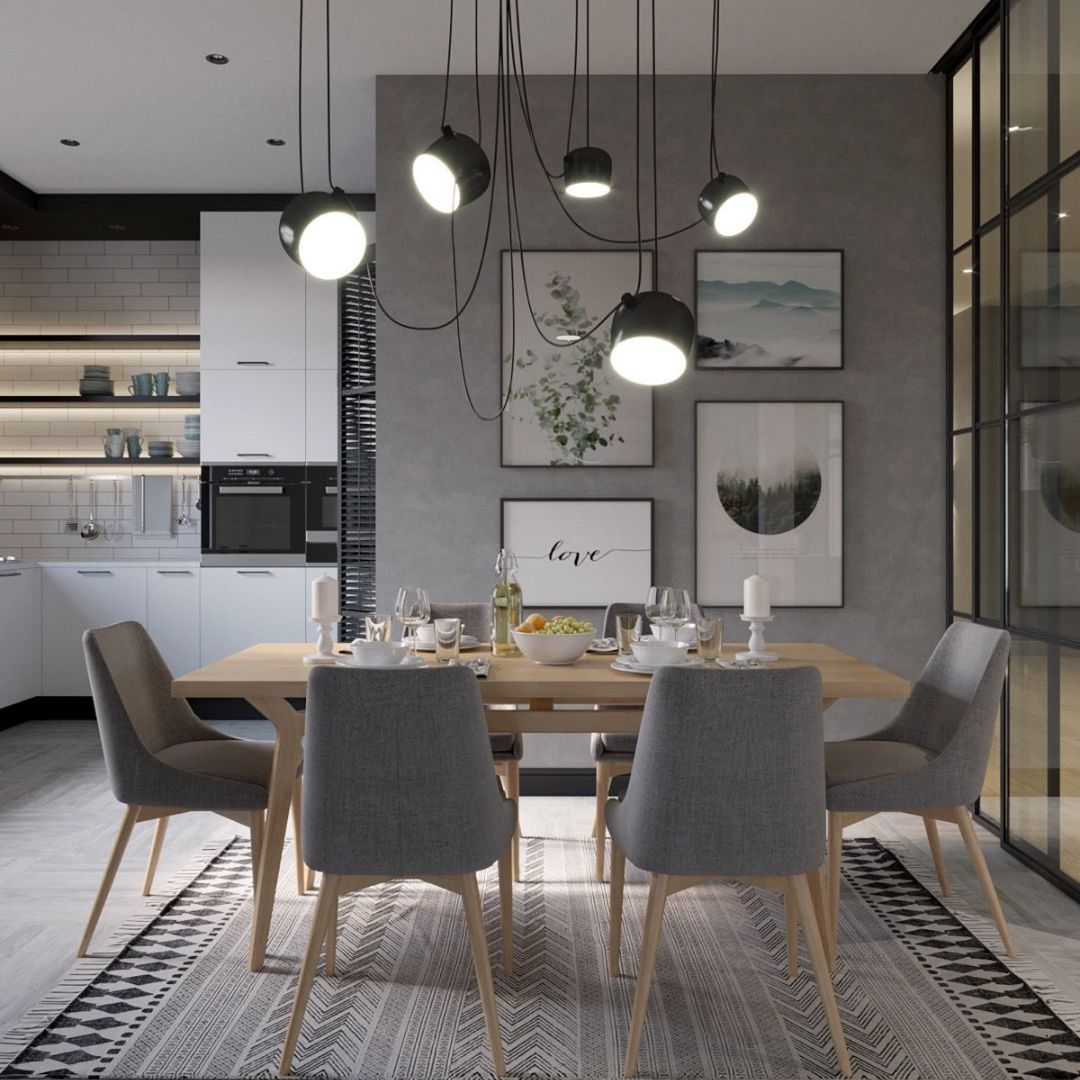

0 thoughts on “How To Turn Dining Room Into Bedroom”